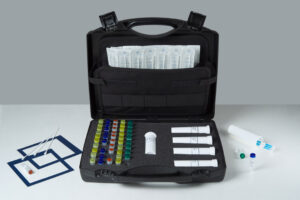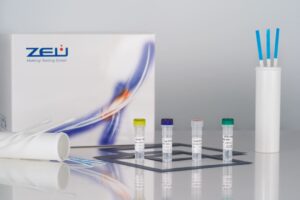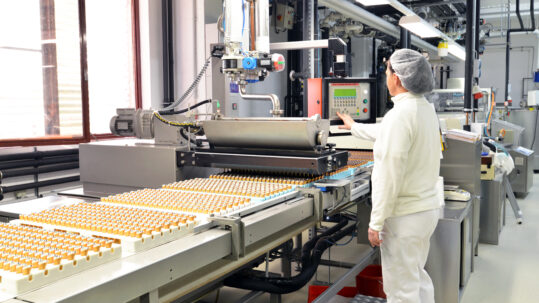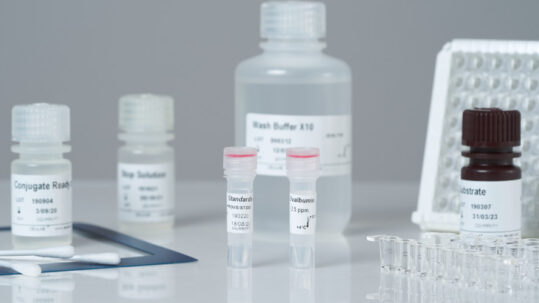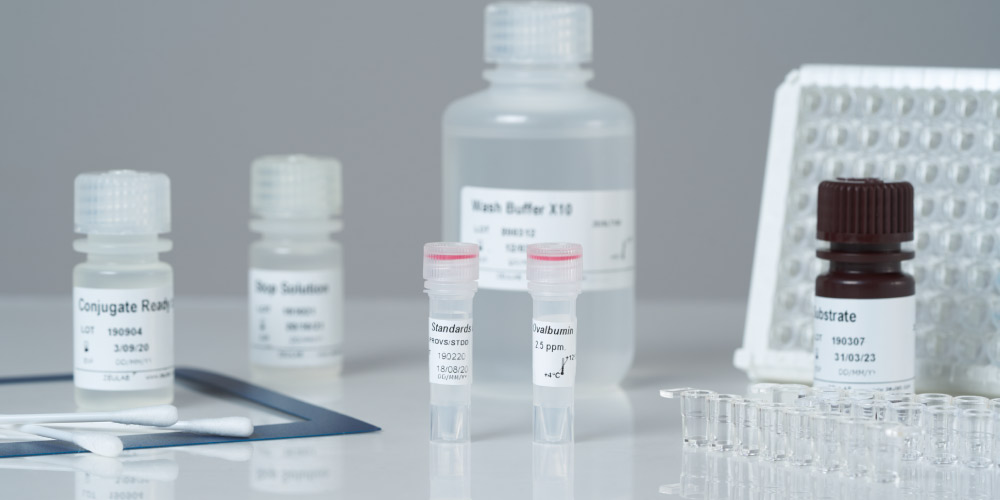
Are you using the right test to detect allergens in processed foods?
25 Feb 2022Food allergens are proteins with very different physical and chemical properties and size. Some processes, such as fermentation, hydrolysis or high heat treatment, can alter their chemical structure and reduce their allergenic properties, although not completely eliminating them. These treatments can also, therefore, affect the detection capacity of allergen tests.
The methods commonly used for the analysis of food allergens are based on the specific union between the allergen (antigen) and an antibody (IgG), obtained specifically for the allergenic protein to be detected. These tests, called immunoassays, can be in rapid strip formats or ELISA tests.
The strip format tests are easy to perform by any operator, without the need for specific materials or equipment, and can identify a trace presence in a few minutes. Their use in the analysis of contact surfaces during food production or in controls for the processed product helps to ensure proper labelling. ELISA tests are more laborious to carry out, but quantify the amount of allergen in the sample, and so can be used in production line cleaning validation or in final product analysis.
Soy, egg or milk proteins, among others, are added to foods such as meat, bakery and pastry products to provide texture, flavour or the characteristic appearance of the product. High heat treatment prolonged for hours makes it difficult to detect traces of these allergens. Processing conditions vary according to the food or manufacturer, so it can be difficult to ensure that the test is detecting the allergen properly in the treated product. Therefore, the allergen test needs to be validated for a specific product and treatment, to ensure allergen control is effective. If not, you may have a control system in place, with its attendant investment in time and money, but you could be breaking the regulations or even triggering a food alert.
Recently, our Zeulab team helped a customer optimise its soy detection test in a meat product that was heated for several hours. Following the development of a specific additive added to the extraction buffer, the detection level of the assay was improved 10-fold.
At Zeulab, we can assess whether the test sensitivity is appropriate for the levels of allergens present in your product after heat treatment, and perform a personalised study to modify the sample preparation procedure to ensure greater extraction of the allergen.
Related articles:
-
Are you using the right test to detect allergens in processed foods?
25 February, 2022 -
7 things to bear in mind when labelling a gluten-free food
08 October, 2021




